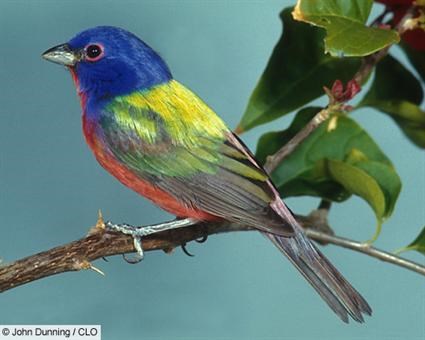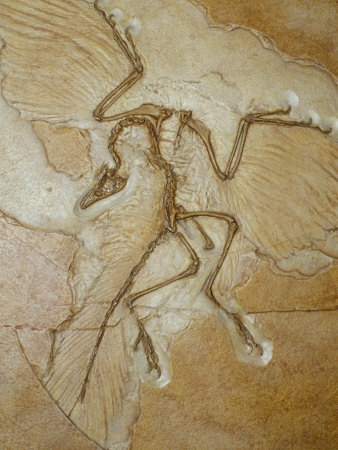Secondly, I hope everyone's holidays were filled with warm feelings, minimal family drama, and safe travels.
Now that that's out of the way, it's story time...
My dad’s dad, officially known as “Gramps,” always ends up bringing up a curious topic whenever I visit. I think that its elegance must deeply move him. We’ll be walking outside and encounter the same old, massive pecan tree in the yard. He approaches it and places a hand on it. “I would like to find one person who can tell me exactly how this tree can move hundreds of gallons of water from the ground all the way to its top every day.” I want to exclaim “Transpiration! Adhesion! Cohesion! Evaporation!” But I don’t.
Sir David Attenborough puts transpiration in a well-framed perspective. Take 3 minutes and 1 second to watch this clip:
http://www.youtube.com/watch?v=w6f2BiFiXiM
Let’s talk about the components of this process; there are only two. Adhesion is the tendency of water molecules to stick to things. When you wash your hands, you must also dry them. The water clings to your hand until you forcibly remove it. This is adhesion. Cohesion is the tendency of water molecules to stick to each other. Like when you pour some water on a table. It doesn’t just scatter in a mist. It pools together as much as it reasonably can. This is cohesion.
Within trees and all vascular plants, a complex network of plumbing exists. One set of pipes is called xylem. There are tons of them. And these are some tiny-ass pipes. As in only one molecule of water wide. Huh. Then how can the trees get enough water to their leaves if their pipes are so tiny? The question should be how could they do it if they weren’t so tiny.
This is where adhesion comes in. Water is better able to cling to a surface with which it has maximal contact- which the tininess of these vessels provides. Now cohesion comes in. Where one molecule of water is clinging to the walls of xylem (adhesion), another is sure to follow and cling to it (cohesion) AND the walls of the xylem also (adhesion again). And behind that water molecule, another. And so on and so on. A long column of water forms within the xylem, under a tenuous tension that will collapse should it be broken at any single spot.
Let’s put this set-up in motion. Water evaporates from the surface of the leaves (via radiation from the sun or low humidity in the atmosphere), and our columns of water begin to move upward, the water molecules chasing their evaporating comrades. At the base of the tree, water molecules are sucked from the soil into the xylem, beginning their own journey to the pores of the leaves, soon to float away into a whole new world in the form of humidity. It is so simple yet so efficient- just like a straw. It is transpiration.
Gramps is still looking at me, wide-eyed and with one hand still on the pecan tree. I know that in reality, this tree is living proof of a divine creator for him. So I do not begin the whole adhesion, cohesion routine. Instead, I reply with the same affirmation every time.
“It really is something, Gramps. It really is.”
I think that satisfies us both.











